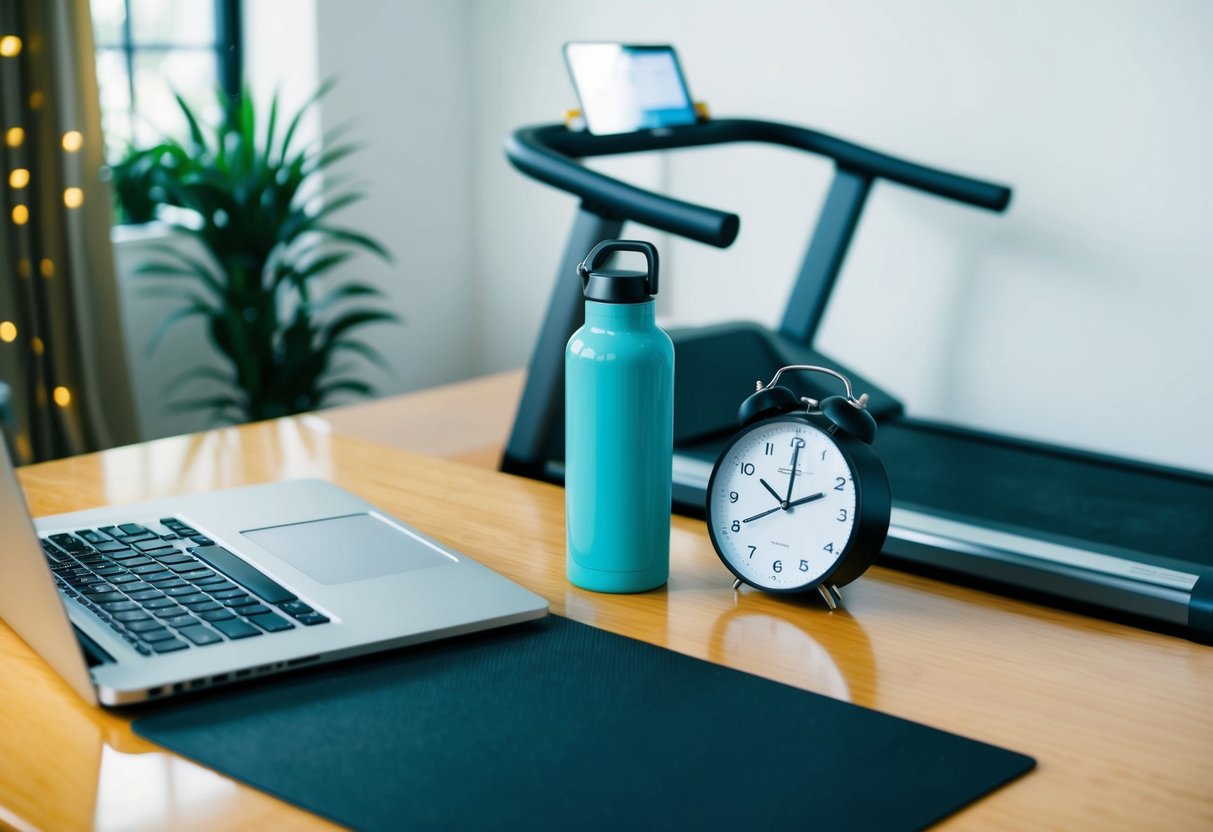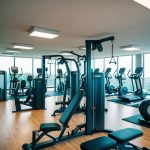
Incorporating Regular Exercise into a Hectic Schedule
Finding time for exercise requires planning and commitment, yet simple adjustments can integrate workouts seamlessly into daily routines. Exploring time-efficient strategies and adaptable exercises can ensure fitness remains a priority, even for the busiest individuals.
Strategies for Finding Time for Daily Workouts
Busy professionals often think they lack time for regular exercise. Prioritizing and scheduling workouts can challenge this notion. Many find success by working out at the same time each day, such as in the morning before work or during lunch. Using a calendar to schedule these sessions can help ensure consistency.
A workout doesn’t need to be long to be effective. Short, high-intensity routines can provide significant benefits in as little as 20 minutes. These short sessions can be just as effective as longer ones, especially when performed consistently. By focusing on efficiency, professionals can maintain their fitness without a considerable time commitment.
Micro Workouts and Desk Exercises for Busy Days
On days when schedules are particularly packed, micro workouts and desk exercises offer an alternative. Micro workouts consist of brief, intense exercises that can fit into breaks or transition periods throughout the day, such as performing squats while waiting for coffee or doing lunges during phone calls.
Desk exercises involve movements that can be performed at a workstation. Seated leg lifts or standing calf raises can keep muscles active and boost circulation. Even small activities like stretching shoulders or doing neck rotations can alleviate tension and enhance wellbeing. By incorporating these practices, individuals can keep active without leaving their desks.
Setting Realistic and Achievable Fitness Goals

For busy professionals, success in fitness comes from setting goals that align with both personal motivation and significant time constraints. Adopting a thoughtful approach to goal-setting can facilitate the path to achieving these aspirations.
SMART Goals for Health and Fitness
The SMART framework provides a solid foundation for creating meaningful fitness goals. Specific goals eliminate ambiguity, while measurable targets help track progress. Individuals might set a target like running a certain distance in a specific time frame. Achievability ensures that goals are attainable given current resources and constraints. It’s crucial to aim for objectives that stretch capabilities without being out of reach.
Relevance aligns the goal with personal values and long-term well-being. If an individual values strength, choosing goals like increasing lifting capacity keeps motivation intact. Time-bound goals encourage adherence and accountability. Setting weekly milestones encourages continuous commitment. By incorporating these elements, professionals create focused and adaptable plans that enhance productivity and concentration.



